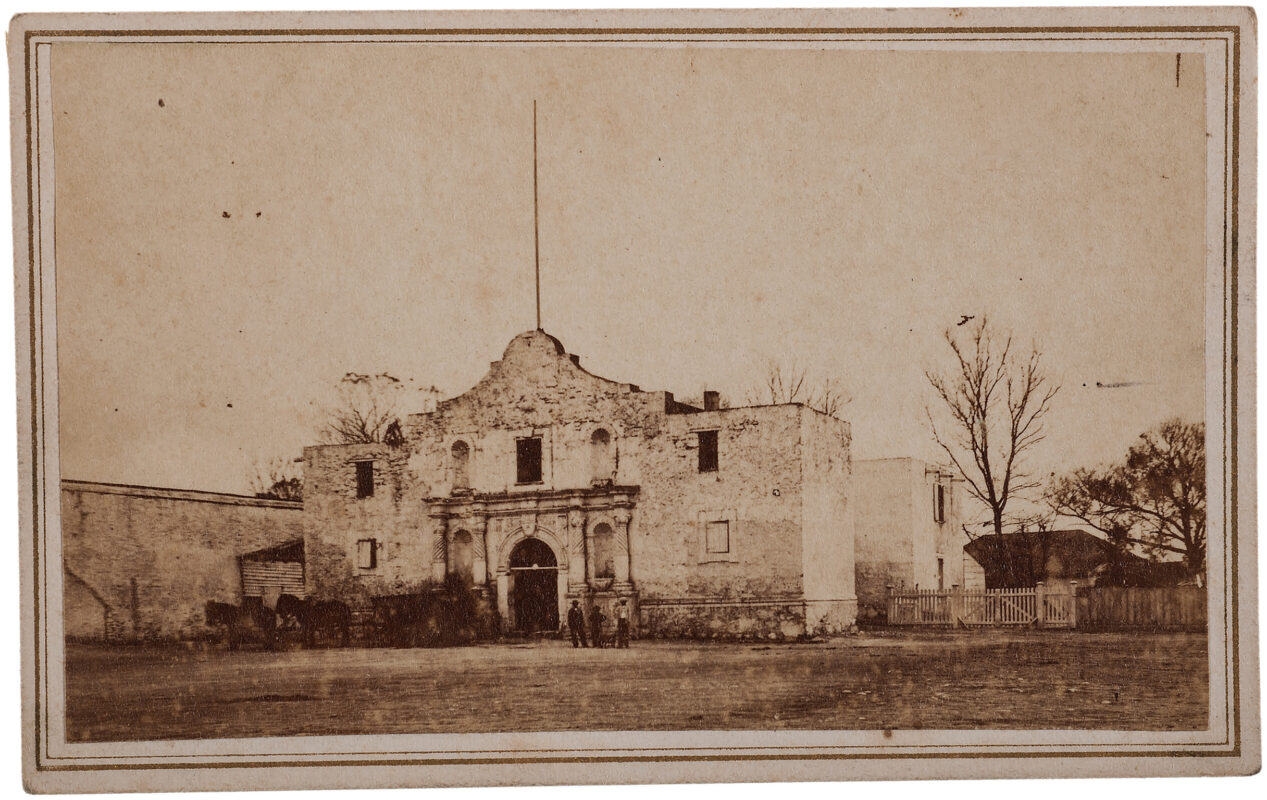Deep in the heart of Texas, there stands a stone fortress that has witnessed bloodshed, bravery, and bold declarations of freedom. The Alamo in San Antonio is one of the most iconic historic sites in the United States, drawing visitors not only for its rich past but also for the uncanny energy that lingers in its limestone walls. For travelers, history buffs, and paranormal investigators alike, The Alamo offers a compelling experience that stirs the imagination and piques curiosity. Whether you’re retracing the footsteps of Texan heroes or listening for whispers of unrest after dark, one thing is certain—The Alamo is unforgettable.
The History
The Mission’s Humble Beginnings
Originally founded in 1718 as Mission San Antonio de Padua, The Alamo began its life far from the battlefield. Spanish missionaries established the site to convert local Native American tribes to Christianity. In 1724, the mission moved to its current location and was later renamed Mission San Antonio de Valero. Over nearly 70 years, it served as a religious and cultural center, complete with a church and living quarters. Spanish influence can still be seen in the architectural style and layout of the remaining structures today.
A Military Outpost with a New Name
In the late 18th century, after secularization, the mission compound was repurposed for military use by Spanish forces. The name “The Alamo” originated during this period—derived from a company stationed there, the “Alamo Company,” which took its name from the town of Alamo de Parras in Mexico. By the early 1800s, it was a strategic military outpost used by various forces, including the Mexican Army.
The Battle of the Alamo: A Fight for Texas Independence
The most pivotal—and tragic—moment in The Alamo’s history came in 1836 during the Texas Revolution. A small band of Texan defenders, including legends like James Bowie, William B. Travis, and Davy Crockett, fortified themselves within the old mission. They were vastly outnumbered by the Mexican forces led by General Antonio López de Santa Anna.
The siege began on February 23 and lasted for 13 grueling days. On March 6, the final assault commenced, resulting in the deaths of nearly all the Texan defenders. Though the battle was a crushing military defeat, the sacrifice became a rallying cry for Texas independence: “Remember the Alamo!” Just weeks later, inspired by the fallen heroes, Texan forces won a decisive victory at the Battle of San Jacinto.
The Alamo’s Journey to Preservation
After 1836, The Alamo weathered decades of neglect, conflict, and repurposing. It served various roles, from housing to a Confederate military depot. By the late 19th century, the structure was in danger of vanishing entirely beneath urban development. Thanks to the Daughters of the Republic of Texas and preservationists across the state, the mission was saved and restored. Today, it stands as a solemn memorial to those who gave their lives for Texas’ independence—and a site of national historic significance.
The Haunt
Where History Meets the Paranormal
It’s no surprise that a location such as The Alamo, steeped in sacrifice and soaked (literally) in blood, would stir tales from beyond the grave. Paranormal manifestations are said to be frequent here, particularly during the quiet hours after dark. Ghost hunters and curious visitors report a variety of strange occurrences that defy easy explanation. The very energy of the place seems to hum with the lingering emotions of those who fought and died within its walls.
The Spectral Defenders
Shortly after the 1836 battle, Mexican troops returned to The Alamo to demolish the fortress. According to local legend, they were stopped—not by Texan resistance, but by ghostly figures of defenders. Eyewitness accounts claimed to see spectral soldiers standing guard, their presence so intense it caused the demolition effort to be abandoned. Since then, sightings of soldier apparitions have persisted through the centuries.
The Lady in Grey and Shadowy Figures
One of the most commonly reported supernatural presences at The Alamo is the mysterious “Lady in Grey.” Numerous witnesses describe seeing a woman in a long grey cloak gliding silently through the chapel areas before vanishing into thin air. She’s thought to be a lost soul, possibly mourning one of the fallen defenders—or perhaps she is a remnant from the mission’s earlier days as a religious sanctuary.
Other reports include shadowy human-like figures moving along the battlements, whispering voices with no source, and the sudden scent of gunpowder filling the air. Some visitors even claim to have gotten sudden chills—or felt a heavy presence watching them—as they walk the grounds alone at night.
The Basement Mysteries and Energy Hotspots
Though the basement of The Alamo is not generally open to the public, those who’ve accessed it on private tours or during renovations have reported some of the most intense paranormal activity. EMF (electromagnetic field) detectors spike uncontrollably, and some investigators claim to hear moans, whispers, or even the distant echo of a bugle call carried through the heavy air.
The famed courtyard and barracks also serve as hotspots for ghost hunting experiences. With the right equipment—a spirit box, night vision cameras, and a healthy sense of respect—the daring may catch evidence of some of The Alamo’s resident spirits.
Conclusion: Calling All Ghost Hunters
The Alamo is more than a historical site—it’s hallowed ground, tinged with triumph and tragedy. Whether you’re an armchair historian or a seasoned paranormal investigator, this destination offers something unforgettable. The building stands as a memorial to those who fought for freedom, but their stories don’t end with the history books. Many believe their spirits remain, watching over the walls they died protecting.
If you’re eager to experience a mix of American history and the unexplainable, The Alamo should be at the top of your haunted travel list. Come for the legends, stay for the energies, and maybe—just maybe—you’ll have a ghost story of your own to tell.

